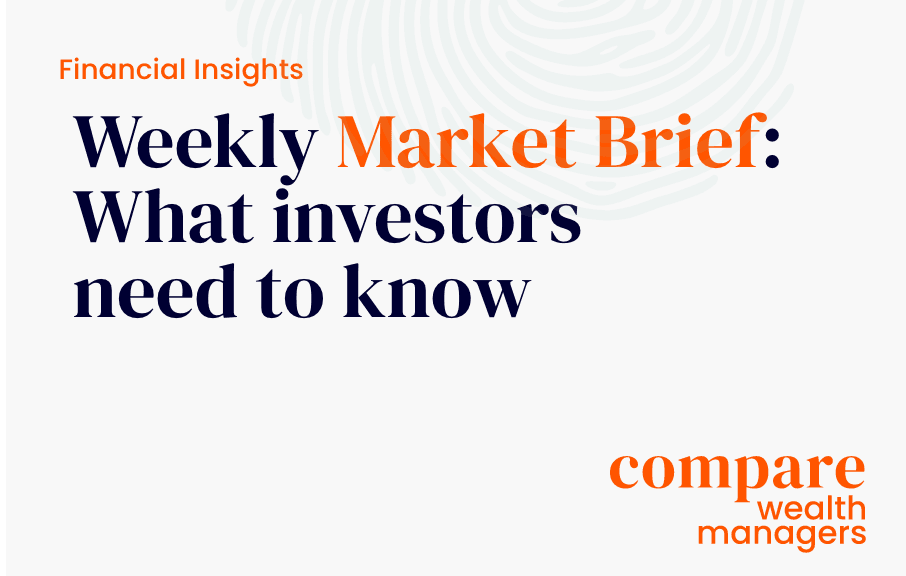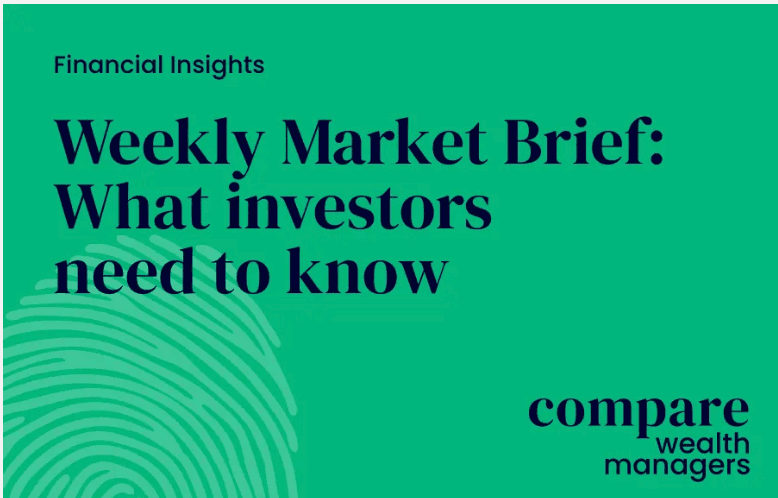In a volatile market, the question of how to invest brings challenges. It is a decision loaded with emotions: how can we make a rational decision when our finances are at stake? Should we invest in a market that is depressed or wait until it has recovered? In this article, we explore the way our emotions can affect these decisions: a response called ‘behavioural investment’.
From the very first months of this decade, the world has experienced seismic events that have destabilised the financial markets: future uncertainty, staff absences and cross-border restrictions created volatility that prompted, for instance, a record one-day fall in the S&P 500. This was immediately followed by a rapid recovery as confidence returned to the markets only for war in Europe and global inflation to announce a return to uncertainty.
When the unknown stands before us, it is difficult to make rational decisions, particularly when it comes to our finances. As happens with many aspects of one’s life, certain behavioural traits tend to affect the decisions that we make and this is also the case when we talk about investing. Before making further decisions in such an unpredictable market, identifying these traits might help you take better care of your portfolio. There’s a name for this: behavioural investing.
What is behavioural investing?
The first steps taken in the field of behavioural finance were made by Daniel Kahneman and Amos Tversky, who by making different kinds of psychological experiments discovered behavioural biases and irrational beliefs that cause us to act unexpectedly and against our own interests. Some of these behavioural traits were later studied by behavioural finance experts while analysing why people make certain financial choices and how those choices can affect markets.
What are the biases we should be avoiding?
Some of the most common biases people should consider when investing include:
- Loss Aversion
It usually happens when investors are more concerned about the negative feelings regarding losses than the pleasure of market gains. This way, investors might want a higher potential return to compensate for potential losses and if there’s no certainty of this, they will avoid the investment altogether. “In an environment of higher volatility, it is important to focus on your long-term objectives and remain calm during times of market stress” recommends Geraldine Napier-Payne, Partner and Head of Central Investment at LGT Wealth Management, “it can be tempting to chase short term returns but this can lead to potentially destroying permanent value if the market quickly moves in another direction”.
- Herd mentality
A common bias amongst new investors, herd mentality argues that if a lot of people are looking into a particular investment, you tend to agree with them. Copying someone’s portfolio might not bring the best results whereas having a well-drawn plan developed with a wealth manager may bring better results.
- Mental accounting bias
People value money more or less based on where that money came from. Hard-earned money tends to be more valued than something that came unexpectedly, like an inheritance, a bonus or even a casino gain! People tend to accept greater risk with “easy” money. Avoid this by having a goal-based investment plan i.e., saving for a college fund or setting aside for retirement can encourage better financial decisions.
- Overconfidence bias
Confidence is a great ally; we just need to be aware of our knowledge and limitations. For instance, experienced investors will often invest in individual stocks (or equities) but, for the inexperienced, funds are recommended. A fund is a collective investment managed by professional Fund Managers and they offer a great introduction to understanding how the market moves and unfolds.
- Anchoring bias
Anchoring refers to attaching a spending level to a certain reference, such as using the buying price as an “anchor” reference of the value of that stock or fund. An anchoring bias tends to encourage investors to take impetuous or irrational decisions, such as selling an overvalued asset, buying an undervalued one or holding onto investments that have lost value.
Napier-Payne recommends that we avoid checking our portfolio value every day to mitigate some of the anxiety we feel when markets are volatile. “If one can avoid checking their portfolio value every day it can help mitigate some of the anxiety one feels when markets are volatile. The less often one checks their portfolio there is a much greater chance the return will be positive, reducing stress and potentially poor investment decisions.”, Napier-Payne concludes.
What practical steps could we take to improve our finances?
Investing when the markets are down
For those of us with capital to invest, the temptation is to hold back from investing when there’s a drop in the market. However, could the opposite be true? Warren Buffett says: “Be fearful when others are greedy and be greedy only when others are fearful”. Napier-Payne supports this: “On a long-term basis, it is often the case that the best time to invest is when it feels most uncomfortable” she remarks. “Markets are now, in some cases, 15-20% cheaper. Although it may not be the absolute bottom, it certainly is a better time to invest today than it was only a few months ago. We encourage our clients to focus on the underlying fundamentals of their portfolio, if the underlying business remains strong it will be able to withstand short-term volatility”.
'Pound cost averaging'
The practice of investing small amounts of money regularly, called phasing investment, is a way of making the best out of the changing market. According to an analysis undertaken by Barclays, an investor phasing their investment in 2020 into six equally sized trades at the start of the month, from January to June, would have experienced a return of 34% to 31 March 2021, compared with 22% for the day one investor.
Accounts open and primed
For those who remain unconvinced, opening an account with a wealth manager and preparing to invest is a great first step to take. With an account open, investors are ready to act swiftly once they are sufficiently confident that the market is in recovery. The process of selecting a wealth manager and opening an account can take several weeks by which time gains may have been lost.
Overall, we recommend that investors speak with our panel of wealth management professionals and ensure they are comfortable with their investment decisions.





